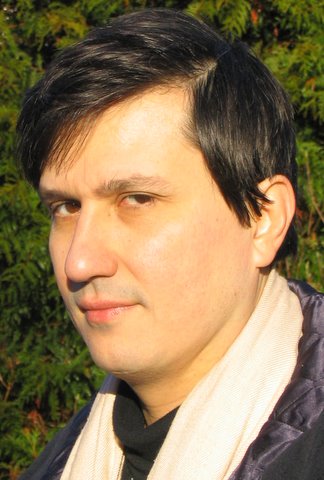
Maxim Kontsevich
Professor Kontsevich has received several major prizes and distinctions, including the Otto-Hahn-Medaille from the Max Planck Society (1992); the Mayor of Paris's Prize (first European Congress of Mathematicians, 1992), the Prize of the International Congress of Mathematical Physics (Brisbane, Australia, 1997) and the Fields Medal (International Congress of Mathematicians, 1998). In January 2008, he was awarded the Crafoord Prize, which he shared with Edward Witten. He has also been elected to the Academiae Europaeae (2000) and the Académie des Sciences (2002). He has given many invited addresses, including to the European Congress of Mathematicians (1992), the International Congress of Mathematicians (1994), and the International Congress of Mathematical Physics (1994).
Professor Kontsevich's research involves many areas of mathematics and mathematical physics. In the early 1990s, he mainly worked on topological quantum field theories, their foundations, and their applications to pure mathematics, including homological mirror symmetry, deformation quantization, and new constructions of varieties over non-archimedean fields. Recently, he has been concentrating on the foundations of noncommutative algebraic geometry and the interplay between quantization and prime characteristic. He has formulated several new conjectures on motives, some of which will be explained in these lectures.